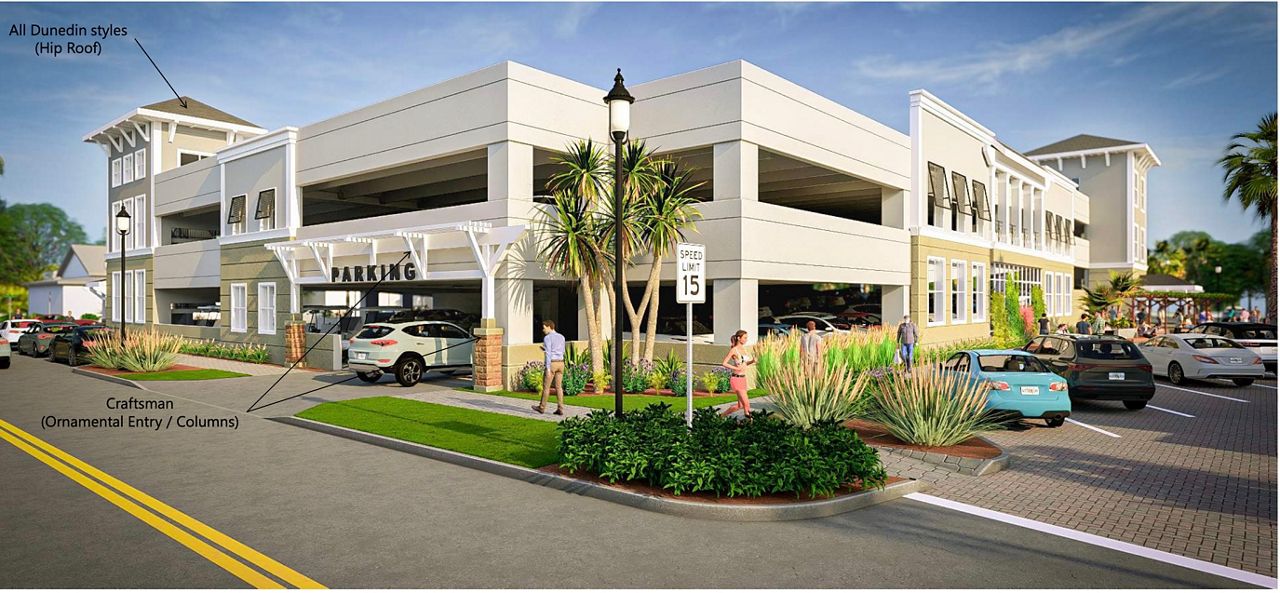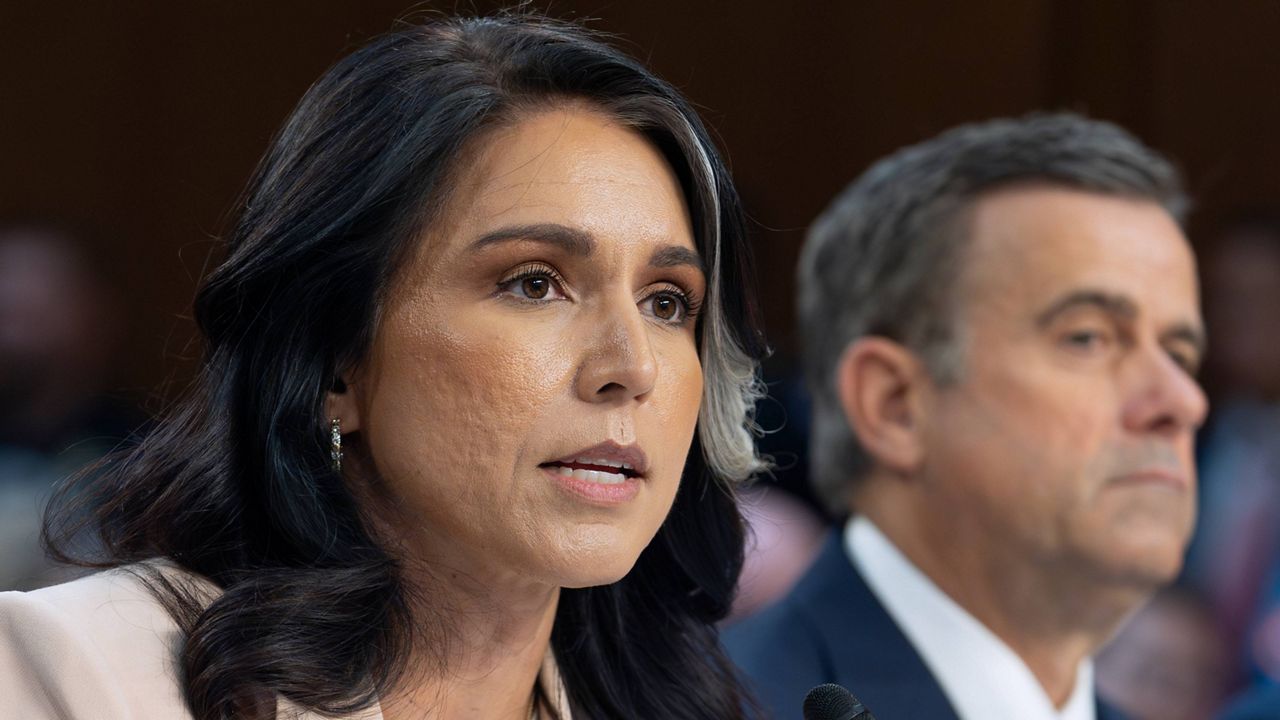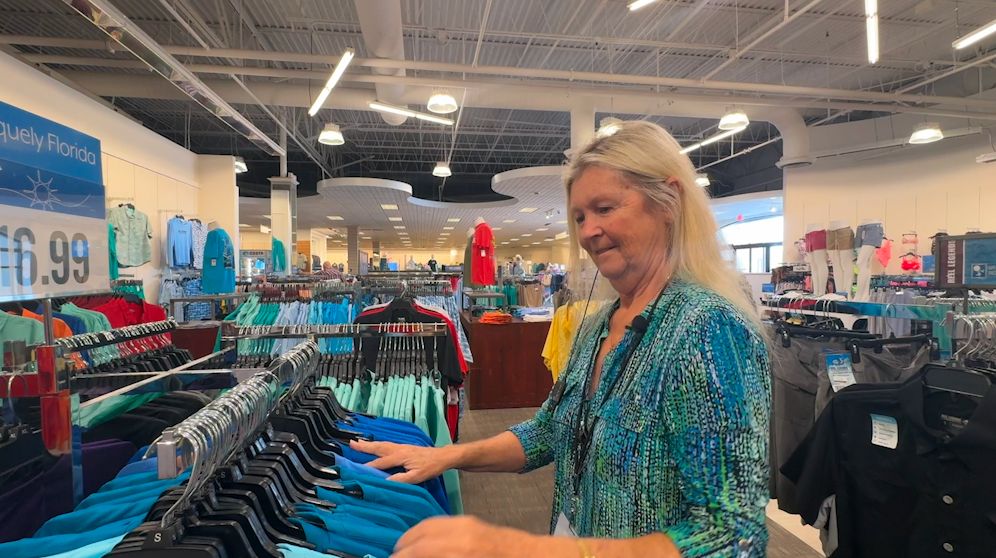MADEIRA BEACH, Fla. — The sand Pinellas County has been using for emergency beach dune renourishment has been coming from mines near Davenport and driven about 90 miles to the Gulf of Mexico coastline, according to coastal management coordinator Dr. John Bishop.
“This sand still meets the sand rule,” he said. “We have to do degradation tests, color tests, to make sure that it’s compatible with our beaches.”
Bishop said the county normally pumps sand from the Gulf onto the beach for renourishment, but that process requires a federal permit, which the county can’t secure because it’s in a battle with the Army Corps of Engineers over required permanent easements from all homeowners.
Instead, the county got a state permit, which allows inland sand to be placed on the beach with temporary easements.
“We’re kind of stuck with only having the state permit,” Bishop said. “We have to work within the bounds we can, which is inland.”
So far, the emergency project to shore up the sand dunes, which were severely eroded when Hurricane Idalia passed 100 miles off the coast on Aug. 30, has cost $26 million, and the price is expected to climb when the project is finished in Indian Shores, according to Bishop.
“We started at Sunset, then we followed up with Pass-a-Grille, then we moved on to Belleair Beach, then Indian Rocks Beach,” he said. “Now we’re doing Madeira and we’ll likely be doing Indian Shores before long.”
Bishop said engineers evaluated the sand sources, the E.R. Jahna and CEMEX mines, prior to accepting the material. The inland sand must match the powder sugar-white beach sand.
“It’s important to match it up, because the Florida statute says we need to, but also because that statues in place to protect the sea turtles,” Bishop said. “It’s designed to help mimic what’s already in place, because that’s what the sea turtles like. If you vary it too much it can affect their nesting and their success rates.”
Sea oats have been planted in more than half of the completed dunes, and Bishop said it’s important for the public to stay off them.
“The beach may be open, but people need to stay off the dunes," he said. "Don’t bury people in the dunes, don’t dig in the dunes. We need it to stay in its current shape until we plant it to help stabilize it. After it’s planted they really need to stay off of the dunes because that dune vegetation needs to grow and we need to protect our dunes.”
Bishop said it would be less expensive to pump sand from the Gulf, especially because that’s where the dune sand eventually ends up.
“This dune will erode away, but that sand just doesn’t disappear," he said. "It ends up on the beach. It makes the beach wider and it adds protection to the beach. So, it’s a multi-stage process. When it’s on the beach it goes into the near shore. Rarely does it totally go away.”
“Once that sand makes it into our burrow areas, we can pump it back onto the beach," he added. "So, it’s sort of an ultimate recycling system."
According to Bishop, Hurricane Idalia would have flooded many more properties along the coastline without the dunes.
“After Idalia went through, we lost a significant amount of sand across all of our coasts,” he said. “Probably one of the worst hit areas in the state during that storm.”
The coastal management coordinator said he hopes the new dunes will last for a few years.
“We want those to last at least probably two or three more hurricane seasons to give us enough time and add enough protection that will last,” he said. “Until we can come back and do something more proper and build the beach back the way we normally do.”









